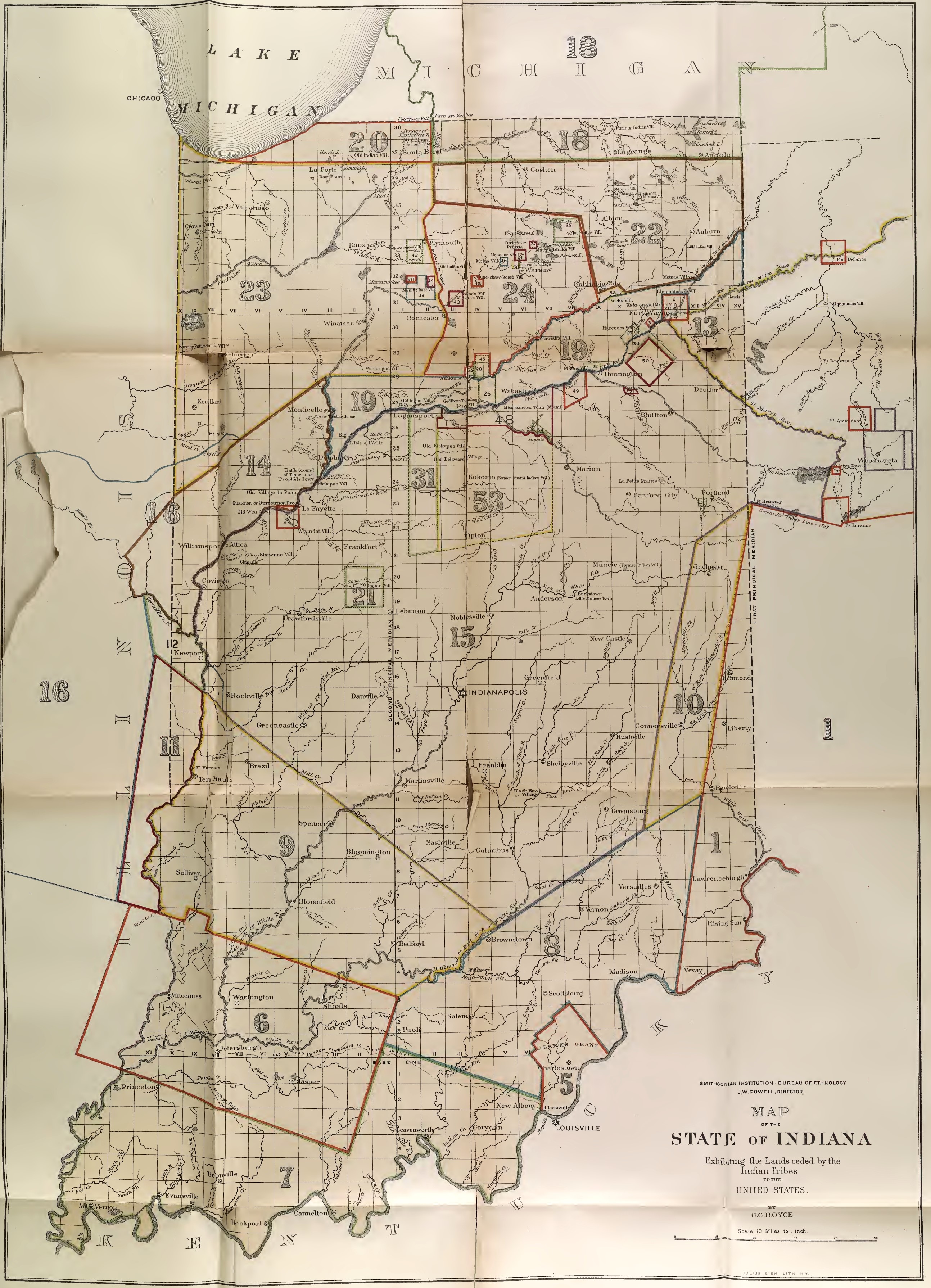- Manhattan Project National Historical Park
New Bethel Baptist Church
- Locations: Manhattan Project National Historical Park

New Bethel Baptist Church is one of only a few pre-Manhattan Project structures remaining from Scarboro community. The church’s congregation was founded in 1851 but this structure was built in 1924. The church was added to the National Register of Historic Places in 1992. Located on the secure Oak Ridge National Laboratory grounds, the church is not currently accessible to the public.
- Rosie the Riveter WWII Home Front National Historical Park
Migration, Housing and Relocation - Audio Program
- Locations: Rosie the Riveter WWII Home Front National Historical Park
- Manhattan Project National Historical Park
Wheat Church
- Locations: Manhattan Project National Historical Park

The Wheat Church, or George Jones Memorial Baptist church, was a centerpiece of the Wheat community, which ultimately became the site for the K-25 plant. The Wheat Church is the only surviving structure of the pre-Manhattan Project Wheat community. Located on a short, wooded walking trail, the church remains an example of life in the region decades before World War II.
- Manhattan Project National Historical Park
Bathtub Row
- Locations: Manhattan Project National Historical Park

How special is your bathtub to you? In wartime Los Alamos, most residents lived in hastily constructed housing. Houses with amenities like bathtubs were rare and reserved for the highest-ranking members of the Manhattan Project. These well-built homes with their luxurious bathtubs gave this street the nickname “Bathtub Row.” Visitors to Los Alamos can still walk down Bathtub Row today.
- Manhattan Project National Historical Park
Ice House
- Locations: Manhattan Project National Historical Park

This memorial commemorates the building where the world's first atomic device was assembled. When the Manhattan Project acquired the Los Alamos Ranch School, engineers took advantage of the existing buildings, including a small icehouse on the bank of Ashley Pond. Scientists assembled the nuclear components for a test device, known as “the Gadget”, in the Ice House. The Gadget was detonated on July 16, 1945, at the Trinity test site on the Alamogordo Bombing Range.
- Manhattan Project National Historical Park
Ancestral Pueblo Site
- Locations: Manhattan Project National Historical Park

Long before the Manhattan Project came to the Pajarito Plateau, the Ancestral Pueblo people lived in the area. Two to three families of Tewa-speaking people likely occupied this Pueblo around 1225. It would have included bedrooms, kitchens, storage rooms, and a semi-circular kiva used for ceremonies and meetings. The Pueblo is part of the Los Alamos History Museum campus.
- Manhattan Project National Historical Park
Hanford High School Overlook
- Locations: Manhattan Project National Historical Park

Hike the White Bluffs - South Slope Trail in the Hanford Reach National Monument to reach the Hanford High School Overlook. This vantage point is one of the best views of the old Hanford town site and the location of the Hanford construction camp built for the Manhattan Project. This trail rewards hikers with views of the Hanford Site and opportunities to explore the White Bluffs geologic formation up-close. This is also an excellent trail for birders and wildlife watchers.
- Tule Lake National Monument
Tule Lake
- Locations: Tule Lake National Monument

Japan’s attack on Pearl Harbor on December 7, 1941, led the U.S. into World War II and radically changed the lives of men, women, and children of Japanese ancestry living in the U.S. Forced to leave their homes, Japanese American citizens and resident aliens were incarcerated in 10 war relocation centers in remote locations throughout the country. One of these, Tule Lake in California, was the longest occupied and most repressive of all the government's centers.
- Locations: Ice Age Floods National Geologic Trail, Manhattan Project National Historical Park
- Manhattan Project National Historical Park
Gress's Meat Market (Frost Me Sweet)
- Locations: Manhattan Project National Historical Park

George Gress built a humble brick building in early Richland for his butcher shop. He operated Gress’s Meat Market from 1915 until 1943 when the Manhattan Project displaced most of Richland's existing businesses and residents. Since closure of the meat market, this building has served as a newspaper office, tavern, library, chocolate store, restaurant, and sweet shop.
Stories About Dislocations, Forced Resettlements & Relocations
- Indiana Dunes National Park
Cessions of Land by Indigenous Peoples in the State of Indiana
- Locations: Indiana Dunes National Park

Explore an 1881 map by C. C. Royce that details Indigenous land cessions in northern Indiana, highlighting areas once inhabited by the Miami and Potawatomi tribes. The map marks parcels of land ceded through treaties with the U.S. government, with numbered sections that correspond to descriptions of the treaties and the specific lands involved.

This lesson is part of a series teaching about the World War II home front, with Dayton and Montgomery County, Ohio, as an American World War II Heritage City. Japanese Americans were wrongfully relocated and incarcerated in incarceration sites beginning in 1942 under Executive Order 9066. This lesson focuses on the resettlement of Japanese Americans post-detention, and specifically those who resettled in the Dayton area.
Last updated: July 21, 2023


